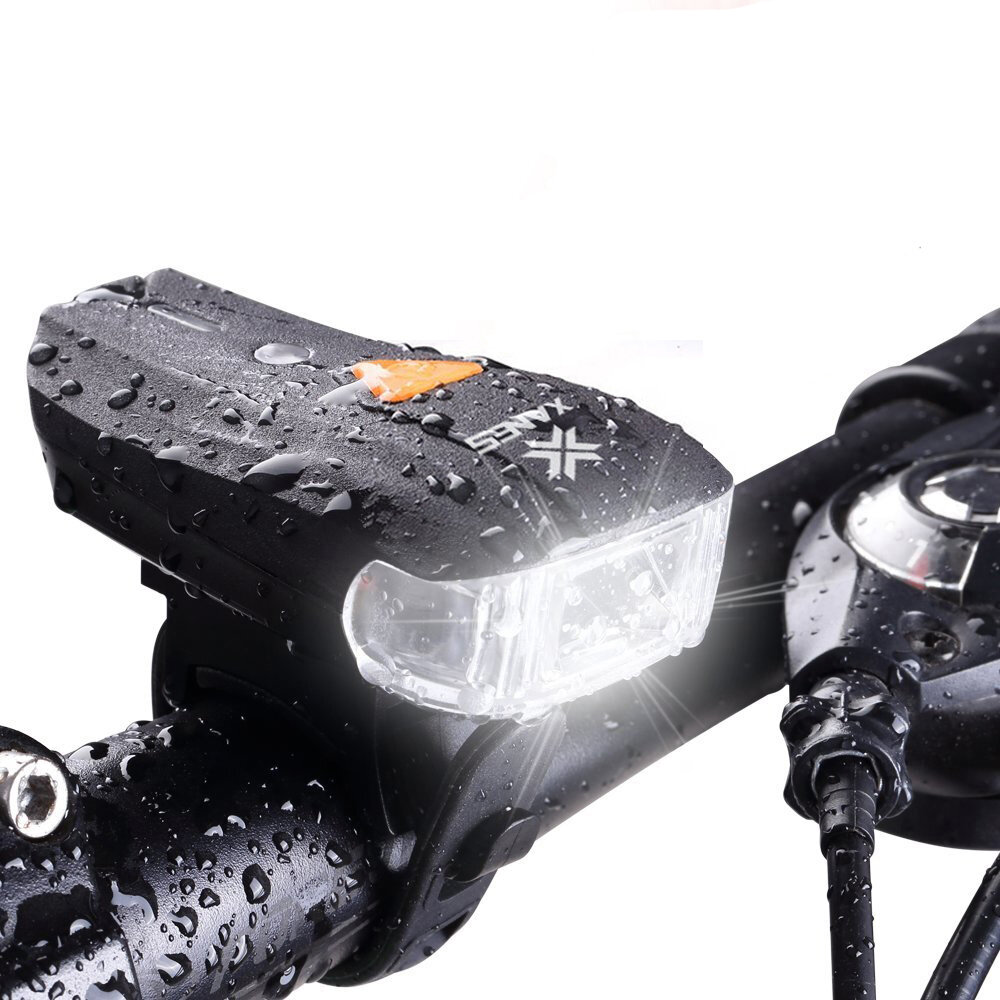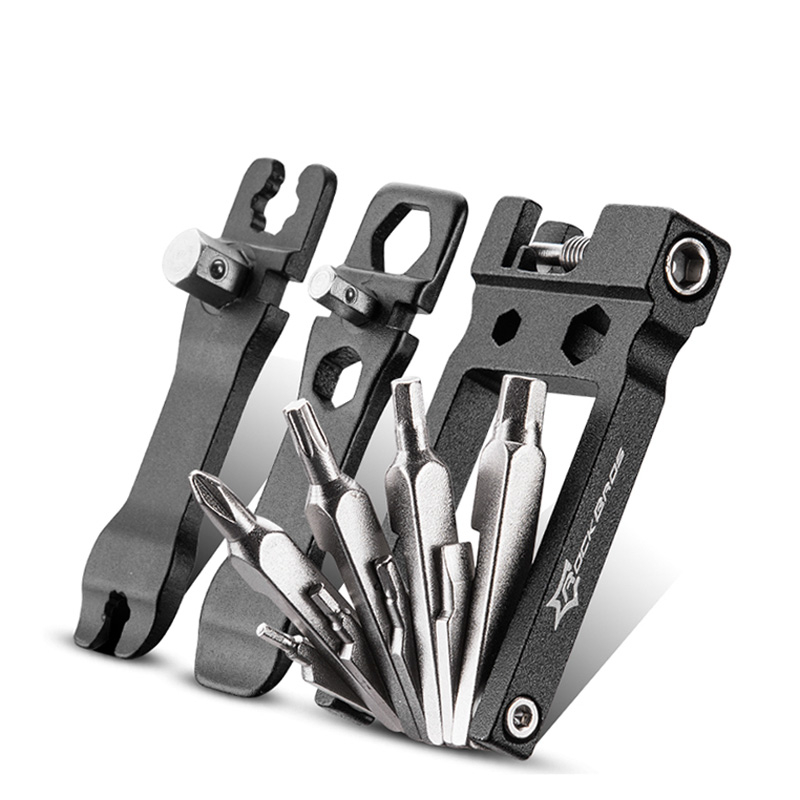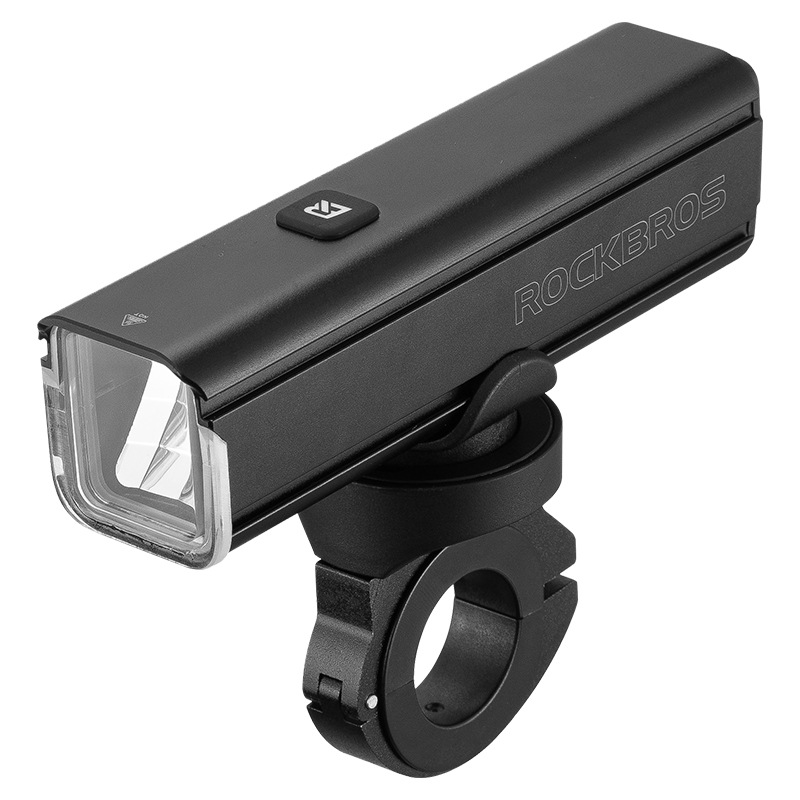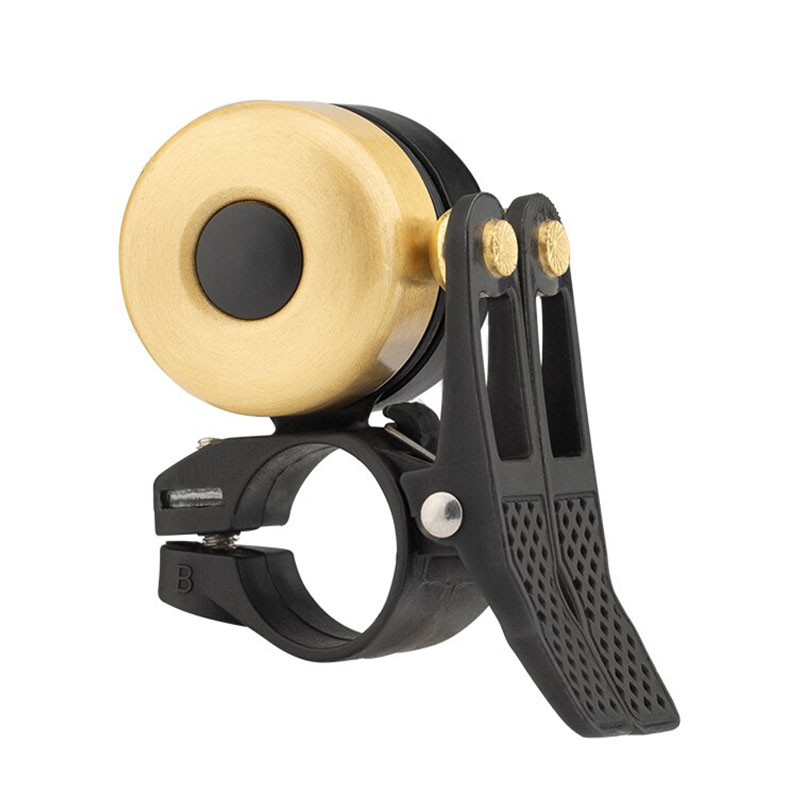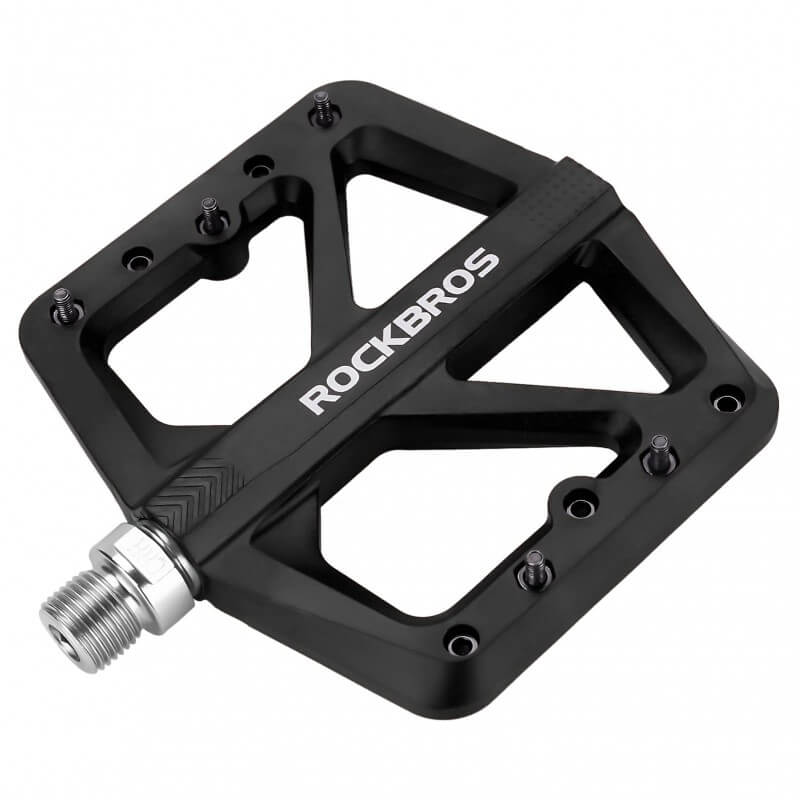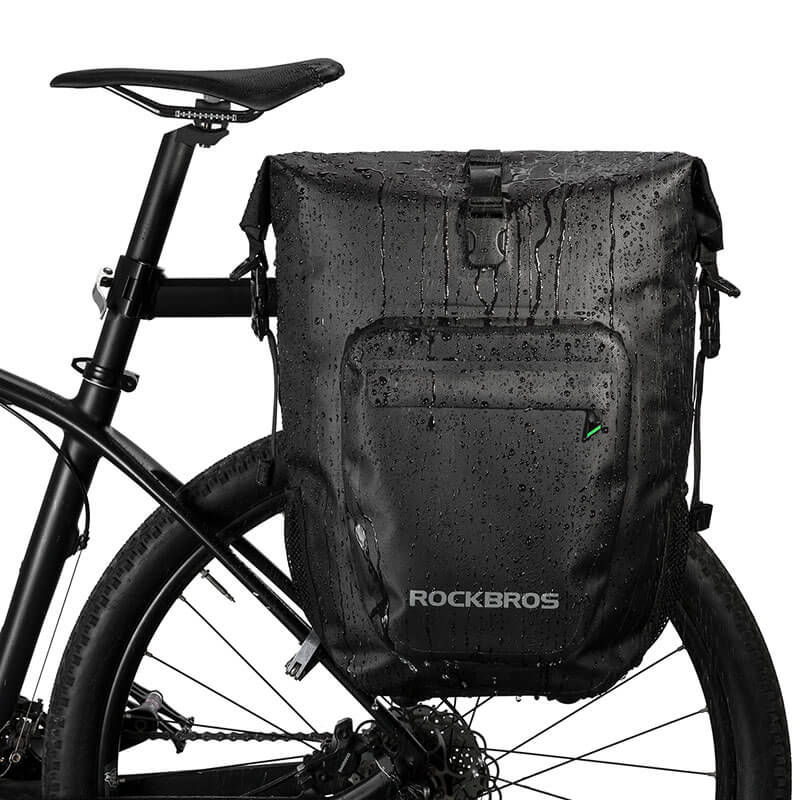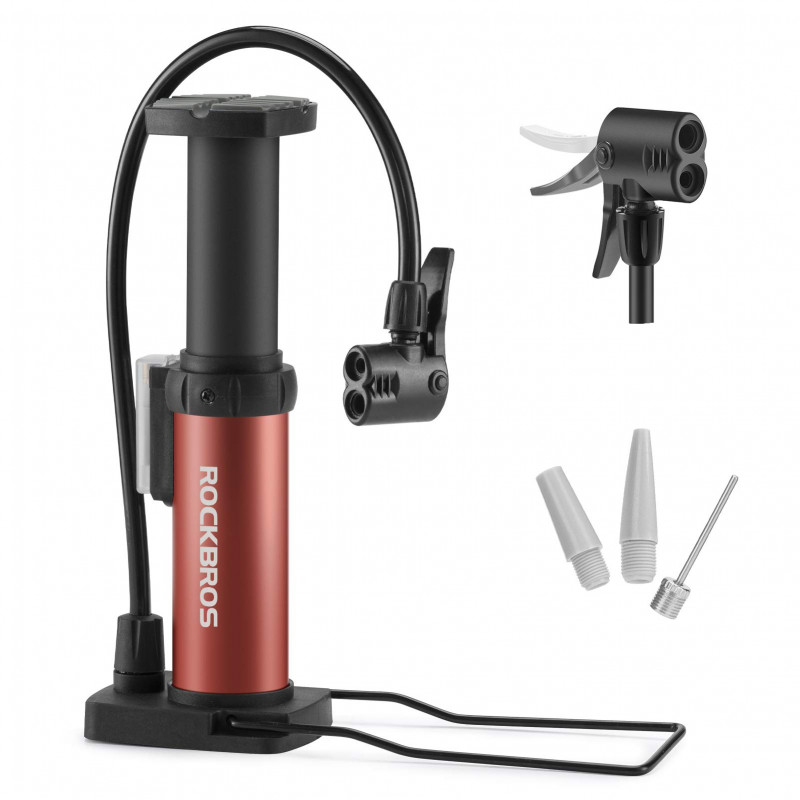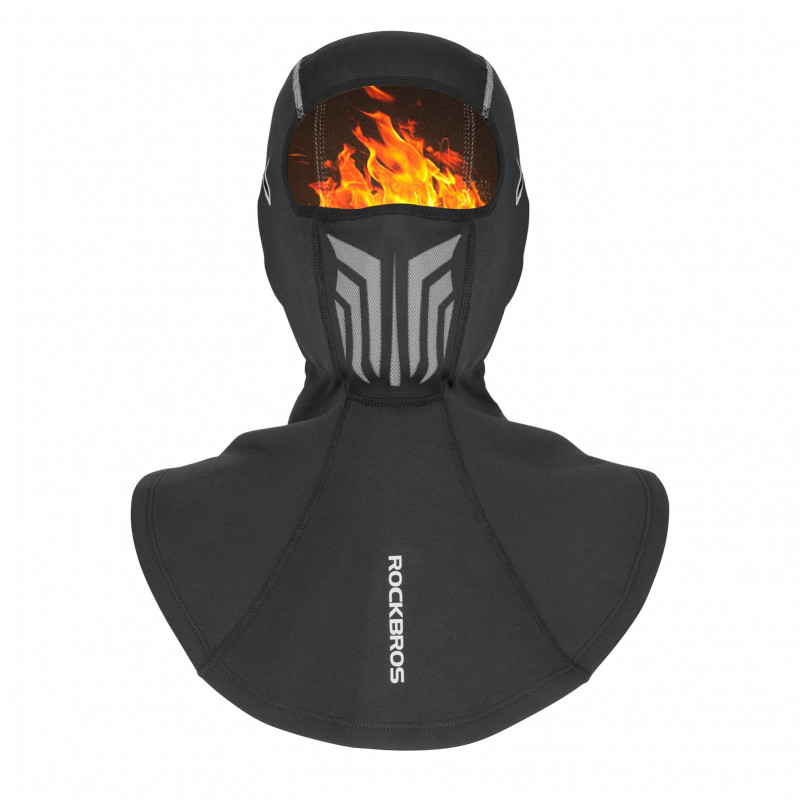The Science of Bicycle Tires: Understanding Tire Pressure and Tread
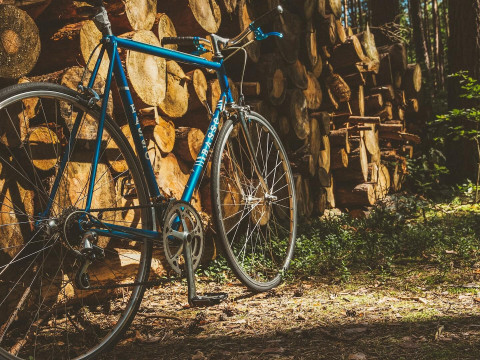
Bicycles have become an integral part of our lives, providing a convenient and eco-friendly mode of transportation, as well as a source of joy and adventure. While many components contribute to a bicycle's performance, one of the most crucial elements is often overlooked: the tires. In this article, we will delve into the science behind bicycle tires, focusing on two essential aspects: tire pressure and tread.
The Basics of Bicycle Tires
Before we dive into the intricacies of tire pressure and tread, let's first understand the basic components of a bicycle tire. A typical bicycle tire consists of three main parts: the casing, the bead, and the tread. The casing provides the structure and shape of the tire, while the bead is a wire or kevlar band that secures the tire onto the rim. The tread is the outermost layer of the tire that comes into contact with the ground, providing traction and grip.
Bicycle tires come in various types, each designed for specific riding conditions. Road bike tires are typically narrow and smooth, optimized for low rolling resistance and high speeds on paved surfaces. Mountain bike tires, on the other hand, are wider and have aggressive tread patterns to handle off-road trails and challenging terrains. Hybrid and commuter bike tires strike a balance between the two, offering versatility for both urban and light off-road riding.
The Importance of Tire Pressure
Tire pressure plays a vital role in the performance and safety of your bicycle. It affects the overall ride quality, handling, and grip. Maintaining the correct tire pressure is crucial to ensure a comfortable and efficient riding experience.
The optimal tire pressure for your bicycle depends on several factors, including your weight, riding style, and terrain. As a general rule, higher tire pressures are suitable for smooth, paved surfaces, as they reduce rolling resistance and increase speed. Lower tire pressures are ideal for off-road or uneven terrains, as they provide better traction and shock absorption.
Riding with underinflated tires can be detrimental. It increases rolling resistance, making pedaling more strenuous and slowing you down. Underinflated tires are also more prone to pinch flats and sidewall damage. Conversely, overinflated tires result in a harsh and uncomfortable ride, reducing grip and control.
Understanding Tire Tread
Tire tread is another crucial aspect that affects the performance of bicycle tires. The tread pattern determines the tire's ability to grip the road or trail, providing traction and stability. Different tread patterns are designed for specific terrains and conditions.
For road biking, smooth or lightly textured treads are preferred. These tires offer low rolling resistance, allowing for efficient and fast rides on paved surfaces. The smooth surface maximizes contact with the road, ensuring optimal grip and control.
On the other hand, off-road cycling requires tires with more aggressive tread patterns. These tires feature larger knobs and deeper grooves to provide traction on loose dirt, gravel, mud, or rocky trails. The pattern allows the tire to dig into the terrain, offering stability and preventing slippage.
When choosing a tire tread pattern, it's essential to consider the primary riding conditions you will encounter. If you frequently ride on a mix of surfaces, you may opt for a versatile tread design that balances grip on both paved and off-road terrains.
Factors Affecting Tire Performance
Apart from tire pressure and tread, other factors significantly impact the overall performance of bicycle tires. Two key factors to consider are tire width and tire material.
Tire width plays a crucial role in ride quality and comfort. Wider tires generally offer better shock absorption and a smoother ride, as they can run at lower pressures without sacrificing efficiency. They provide enhanced stability, particularly when cornering or navigating rough surfaces. Narrower tires, on the other hand, are more aerodynamic and suitable for speed-focused road cycling.
Tire material also influences grip, durability, and rolling resistance. Common materials used in bicycle tires include rubber compounds and synthetic blends. Softer rubber compounds provide excellent grip but may wear out faster. Harder compounds offer increased durability but may sacrifice some grip. It's essential to find a balance based on your riding needs and conditions.
Maintaining and Caring for Bicycle Tires
To ensure optimal performance and longevity of your bicycle tires, proper maintenance and care are essential. Regularly inspect your tires for any signs of wear, damage, or embedded debris like glass or thorns. Replace worn-out tires promptly to avoid compromising safety and performance.
Maintaining the correct tire pressure is crucial. Invest in a reliable pressure gauge and check your tire pressure before each ride. Consult your tire manufacturer's recommendations or seek advice from a knowledgeable bike shop to determine the appropriate pressure range for your tires.
Proper storage is also vital to prevent tire degradation. Store your bicycle in a cool, dry place away from direct sunlight. Avoid exposure to extreme temperatures, as they can weaken the tire structure.
Cleaning your tires regularly helps remove debris, grime, and excess sealant, ensuring optimal grip and performance. Use mild soapy water and a soft brush or cloth to clean the tire surface. Rinse thoroughly and allow the tires to dry before your next ride.
Conclusion
Understanding the science behind bicycle tires, particularly tire pressure and tread, is essential for optimizing your riding experience. By maintaining the correct tire pressure and choosing the appropriate tread pattern for your riding conditions, you can enhance grip, control, and overall performance. Additionally, considering factors like tire width and material further fine-tunes your tire selection.
Remember to regularly inspect, maintain, and care for your bicycle tires to ensure their longevity and reliability. By following these guidelines, you'll be well-equipped to enjoy smooth, safe, and exhilarating rides on any terrain.
FAQs
How often should I check my tire pressure? It is recommended to check your tire pressure before each ride or at least once a week. Regular checks help maintain optimal performance and prevent any issues caused by incorrect tire pressure.
Can I use the same tire for both road and off-road cycling? While it is possible to use a versatile tire for both road and off-road cycling, it's best to invest in specialized tires for each terrain.
What should I do if I get a puncture in my tire? If you experience a puncture, you can repair it using a patch kit or replace the inner tube. Carry a spare tube and necessary tools for on-the-go repairs. In some cases, if the puncture is severe or the tire is damaged, you may need to replace the entire tire.
Is it necessary to replace the entire tire if only the inner tube is damaged? No, if only the inner tube is damaged, you can simply replace the inner tube without replacing the entire tire. However, it's essential to inspect the tire for any sharp objects or debris that may have caused the puncture.
How long do bicycle tires usually last? The lifespan of bicycle tires can vary depending on factors such as usage, terrain, tire quality, and maintenance. On average, tires can last anywhere from 1,500 to 3,000 miles (2,400 to 4,800 kilometers). Regularly inspect your tires for signs of wear and replace them when necessary to ensure optimal performance and safety.
Now that you have a solid understanding of the science behind bicycle tires, you can make informed decisions when it comes to tire pressure, tread, and maintenance. By optimizing these factors, you'll enjoy a smoother, safer, and more enjoyable riding experience. So, get out there, explore new terrains, and let your bicycle tires take you on unforgettable adventures.
